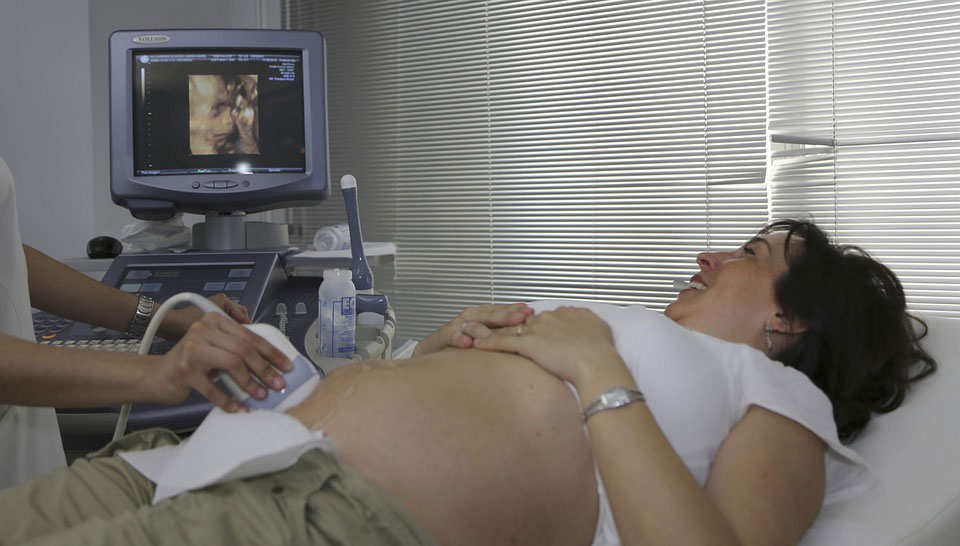
How Does an Ultrasound Work?
Like the name implies, Ultrasounds uses sound waves in order to develop an image. The process consists of emitting sound waves with high frequencies, much higher than those audible to humans, which are pulsed into the targeted tissue with a probe. The ultrasound pulses then echo off tissues depending on their reflection properties and then recorded and translated into a readable image.
There are different kinds of displayed ultrasound images. The most common ones, B-mode images, display a two-dimensional cross-section of tissue by way of acoustic impedance. Other types of ultrasounds can show motion of tissue over time, blood flow, the location of blood, the stiffness of tissue, three-dimensional anatomy of a specific structure, or the presence of certain molecules.

Ultrasounds vs Other Forms of Imaging
There are several advantages that make ultrasounds stand out among other forms of interior imaging. First and foremost, the method is very practical. Ultrasound machines are portable, particularly when it comes to bed-ridden patients, as well as immediate, for ultrasounds can provide real-time images. The technique makes no use of ionizing radiation, which is present in other forms of diagnostic imaging and can be potentially harmful to the body. As far as the financial aspect goes, it has a lower cost than other imaging methods.
However, it is also good to know that ultrasounds do have their drawbacks, which starts with the limits they have as far as their field of view goes. There is also difficulty when it comes to imaging air, gases, or structures behind bone.

Ultrasound Imaging and More
If you are currently in need of ultrasounds or other kinds of diagnostic imaging, don’t look further than SoCal Imaging & Open MRI. Our experienced team of professional radiologists is ready to obtain the diagnostic images you need via the method that is most appropriate for your current situation. For more information on imaging methods or making appointments, don’t hesitate to call us.


